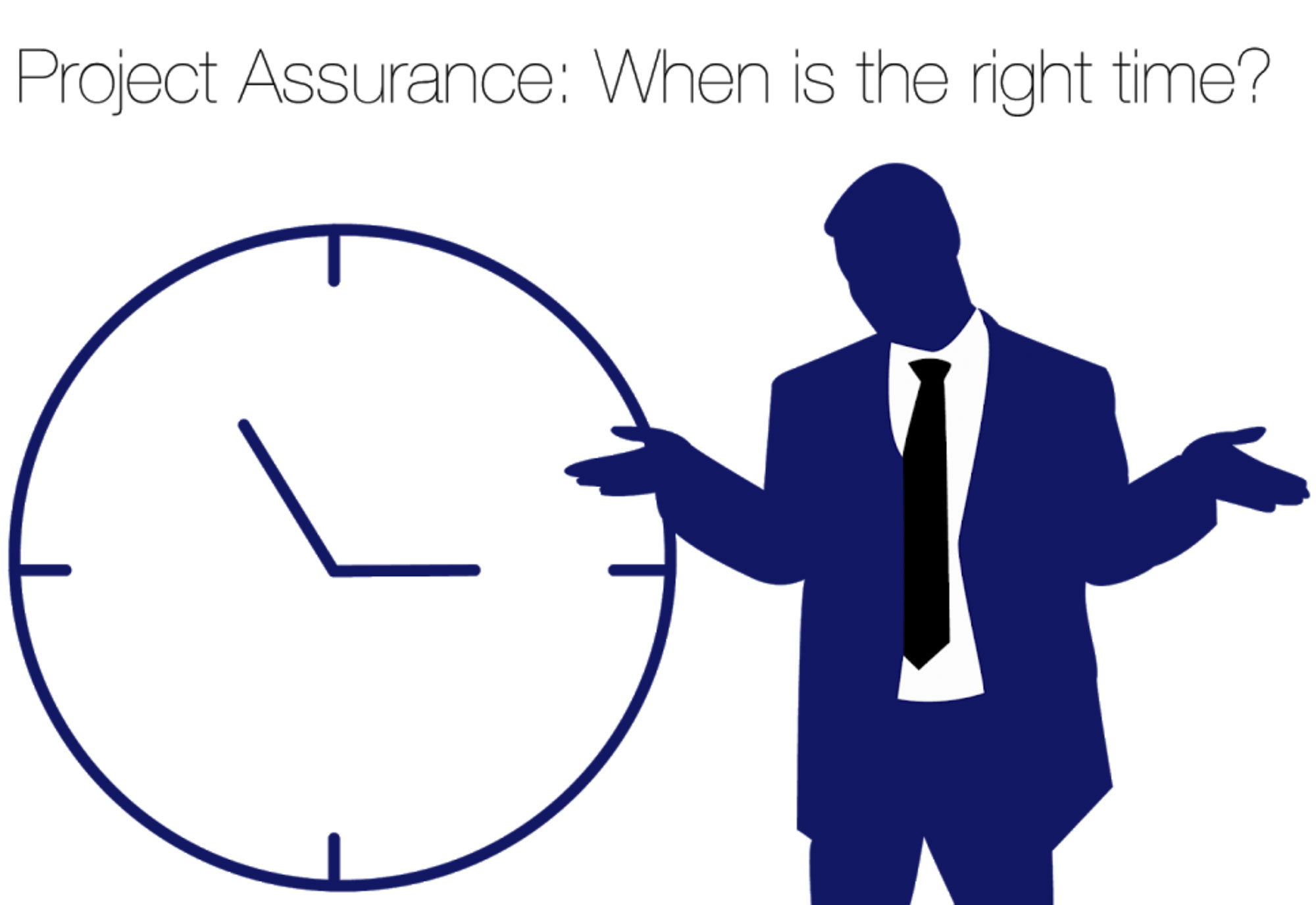
06 Apr Why and When should you use Project Assurance?
Posted at 00:00h
in Government, Growing Companies, Health & Community Services, IMPLEMENTATION, Local Government, Uncategorised, Utilities
Know more of our IMPLEMENTATION capabilities.
Why and When should you use Project Assurance?
Even after years of development in Project Management methods, SDLC methodologies and Project Managers education … projects still fail.
Industry statistics on IT projects show that less than 10% of projects are successfully delivered as planned; 30% are total failures and the remaining 60% run into difficulties and experience major cost/schedule overruns.
So what can an organisation as a whole do about it. Project Assurance helps manage risk and improves delivery confidence. Project assurance can provide organisations with the confidence that the project can deliver to time, budget and quality. In my previous blog on ‘what is project assurance?’ I explain that the Project Assurance task or function is best undertaken by others within the organisation or external specialists.
All projects can benefit from independent challenge. It provides an early warning to stakeholders and gives them the opportunity to initiate effective and timely corrective actions. Therefore, all organisations undertaking significant projects (either transformational, delivering key business outcomes, or significantly complex) should have in place an effective Project Assurance Framework or at least engage external specialists to provide this framework.
A point of caution here, Project Assurance is not a Project Audit nor does it replace the need for a project to manage quality to a well-defined Project Quality Plan. I would also argue that Project Assurance is not the same as Gateway Review as is currently implemented in many Government agencies.
So why undertake a Project Assurance review? Is it a ‘watch dog’ method to demonstrate and attack poor performance? Is it a big brother approach? Is it a mean to ‘kill’ a project?

If you think ‘yes’ to any of these then you are wrong.
While Project Assurance can be used for these purposes, it is not the intent. In my the following Blogs I will outline how to conduct Project Assurance and provide some insight on how this can be avoided.
The outcome of Project Assurance is to provide the Project Manager, the team and key stakeholders the best way to achieve a successful outcome. Project Assurance aims and seeks a win-win approach where the recommendations not only emphasise what is currently being done well but advises and promotes what can be done better.
The outcome of a Project Assurance review could be that a project is stopped, a contract terminated or projects re-prioritised but this should be done within the context that the team and the organisation recognise these facts for themselves. The process of Project Assurance must facilitate discussions that will naturally draw the organisation to these conclusions.
No project would ever reach such a state without the Project Team or Key Stakeholders already being aware that something must be done. The process should force people involved in the Project Governance to get their ‘head out of the sand’ and address the issues facing them.
IT projects that spiral out of control need project managers with skill, experience, and resilience to get them back on track. You may develop a hunch that a project is starting to get out of control. This could be due to a number of reasons:
· Poor project definition or scope;
· Weak requirements;
· Wrong level of planning: too high or too detailed;
· Loss of control of the schedule;
· Budget under pressure and overrun;
· Scope continually changing;
· Team not working cohesively;
· Limited or wrong level of communication;
· Complex solution: technology, business change, data management;
· Team and Stakeholders not matched to achieve the desired outcome; etc …
Project Assurance targets those weak areas and provides all the tools, advice and support to the Project Manager and Key Stakeholders to bring the project back on track.
The conduct of a Project Assurance review should also be used as a tool to educate, learn and develop the organisation and its staff on the delivery of Projects. It is too great an opportunity to be missed.
The implementation of a Project Assurance Function progressively captures all lessons learnt and feeds this information to a PMO or a portfolio/Program Manager to improve processes and develop staff.
Next: Project Assurance Framework
References
“How to identify a failing project,” by Jason P. Charvat.
Key references for the Gateway Review Process are:
- Federal Government
- Victorian Government
- Queensland Government
- NSW Government
- New Zealand Government
Latest posts by IPG Team (see all)
- Tech Your Business Podcast - 26 February 2024
- Security Market Watch Podcast - 26 February 2024
- The Business Octopus Podcast - 15 February 2024












